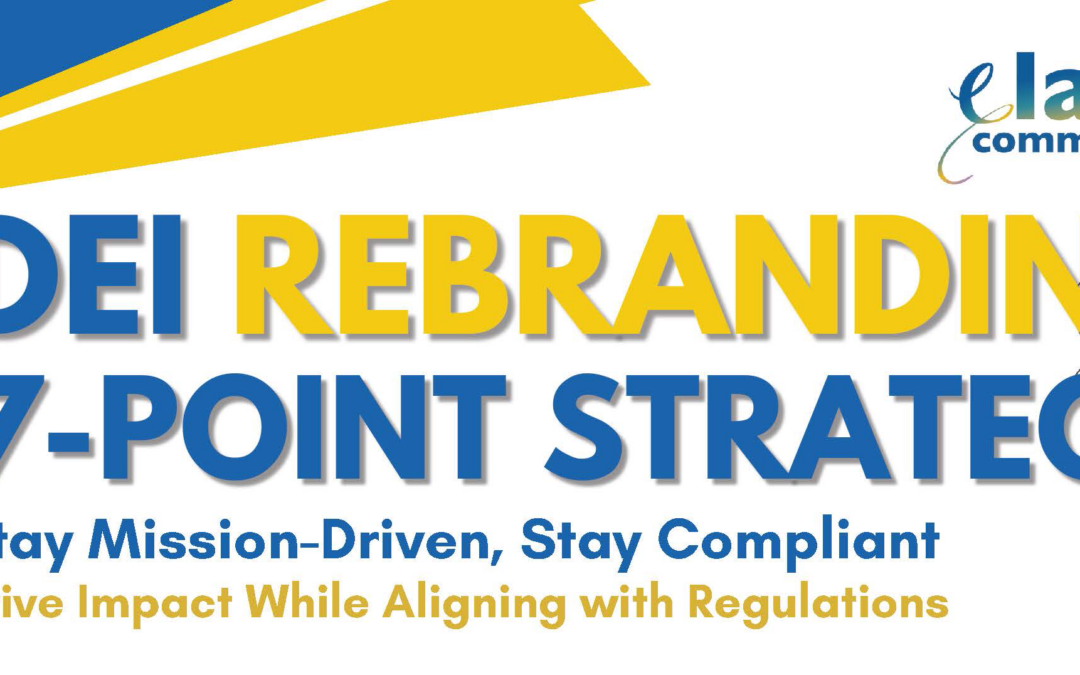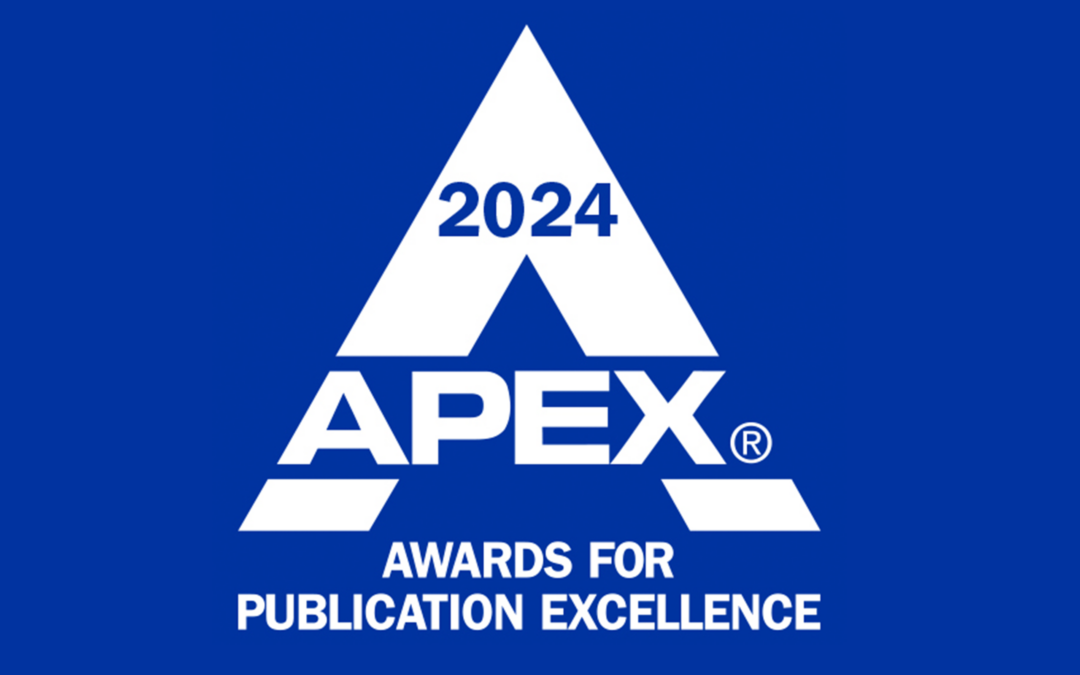Effective communication is the cornerstone of strong, lasting partnerships. Without clear, transparent, and consistent communication, even the best strategic alliances can unravel, leaving both parties dissatisfied and vulnerable to failure. In this article, we’ll explore why communication is so essential in building and maintaining strategic alliances and how businesses can use communication to strengthen these partnerships.
Aligning Goals and Expectations
At the heart of any strategic alliance is a shared vision and set of objectives. Effective communication ensures that both parties clearly understand what they want to achieve and how they intend to get there. Without this alignment, misunderstandings can occur, leading to mismatched expectations, inefficiencies, or even conflicts down the road.
Through regular communication, businesses can set clear expectations for the partnership, including defining roles, responsibilities, timelines, and metrics for success. Open dialogue at the beginning and throughout the relationship helps both parties stay focused on common goals and avoid drifting into areas of misalignment.
Building Trust and Transparency
Trust is a fundamental pillar of any successful partnership. When partners communicate openly and honestly, they foster a sense of transparency that builds trust over time. In strategic alliances, where each party may be sharing sensitive information, resources, or intellectual property, transparency is essential for ensuring that both sides feel secure in the partnership.
Frequent and candid communication allows partners to address concerns or issues before they escalate, preventing misunderstandings that could damage the alliance. When both parties know they can trust each other to be forthcoming with information, the partnership becomes stronger and more resilient.
Managing Conflict and Differences
In any collaboration, differences of opinion and conflict are inevitable. What sets successful strategic alliances apart is the ability to manage and resolve these conflicts through communication. Whether it’s a disagreement over strategy, priorities, or execution, having a communication framework in place ensures that both parties can address issues constructively and find solutions that benefit both sides.
By encouraging open discussions and providing clear channels for feedback, partners can navigate conflicts in a way that strengthens their relationship rather than breaking it down. A willingness to listen, empathize, and adapt to the other party’s perspective is key to turning potential conflicts into opportunities for growth and deeper collaboration.
Ensuring Flexibility and Adaptability
Strategic alliances often require flexibility, as market conditions, business priorities, and external factors can change over time. Effective communication is necessary to keep the alliance adaptable, allowing both parties to respond to new challenges and opportunities. Through regular check-ins and open dialogue, businesses can recalibrate their strategies and tactics as needed, ensuring that the alliance remains relevant and valuable for both sides.
A well-communicated partnership is one where both parties feel comfortable bringing up concerns, suggesting changes, or proposing new ideas without fear of rejection or conflict. This kind of adaptability can lead to innovative solutions and ensures the alliance stays strong in the face of evolving circumstances.
Strengthening Relationships and Long-Term Success
Strategic alliances are often long-term commitments, and their success relies heavily on maintaining a strong relationship between the partners. Communication plays a critical role in fostering this relationship, keeping both parties engaged and committed to the partnership. Regular, transparent communication ensures that both sides feel valued, heard, and respected, which in turn strengthens the bond and loyalty between partners.
When businesses invest in building and nurturing relationships through communication, they set the stage for long-term success. These partnerships can go beyond transactional exchanges and evolve into mutually beneficial collaborations that drive continuous growth and innovation.
Building a successful strategic alliance requires more than just aligning on shared goals—it requires ongoing, effective communication. Communication is the glue that holds the partnership together, ensuring alignment, trust, and adaptability over time. By prioritizing clear, transparent, and open communication, businesses can build stronger alliances, resolve conflicts more effectively, and navigate challenges with greater ease.
Ultimately, the success of a strategic alliance is not only determined by the business objectives but by the quality of the communication between the partners. By investing in communication, organizations can create lasting, fruitful relationships that drive innovation, growth, and shared success.









